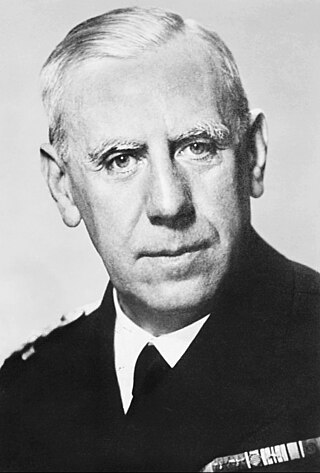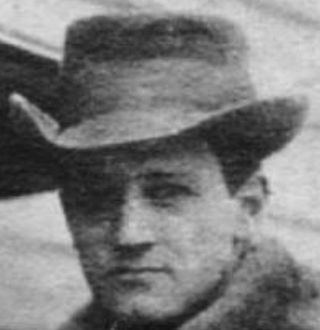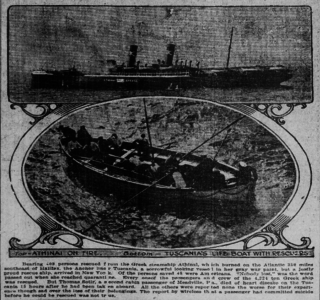Mission to America
Robert Fay was serving on the Western Front during WWI when he came up with the idea of a time bomb design that disabled rudders on munitions ships. In an American harbour, the explosive would be installed on the rudder using a small boat. His superiors liked the idea and after finding out about his time in America set him up with a fake British passport under the name of H. A. Kearling and $4,000 (US$ 120,000 in 2024). He arrived in New York City on April 23, 1915.
He was assigned German Foreign Office military attaché Franz von Papen as his handler. Working with Paul Daeche, Walter E. Scholz, Otto Wolpert, Max Breitung and Dr. Herbert O. Kienzle they tried to buy explosives. They eventually made contact with a German-American chemist who was secretly working as a double agent for the U.S. Secret Service. They set up a sting operation offering to provide the explosives, eventually arresting Fay, Scholz, Kienzle, and Daeche on October 24, 1915.
In 1916, a federal court sentenced Robert Fay to 8 years in prison over the plot. Scholz was sentenced to four years in prison, and Daesch was sentenced to two years in prison. [6]

Wilhelm Franz Canaris was a German admiral and the chief of the Abwehr from 1935 to 1944. Canaris was initially a supporter of Adolf Hitler, and the Nazi regime. Following the German invasion of Poland in 1939, however, Canaris turned against Hitler and committed acts of both passive and active resistance during the war.

Lieutenant-General Robert Stephenson Smyth Baden-Powell, 1st Baron Baden-Powell, was a British Army officer, writer, founder and first Chief Scout of the world-wide Scout Movement, and founder, with his sister Agnes, of the world-wide Girl Guide/Girl Scout Movement. Baden-Powell authored the first editions of the seminal work Scouting for Boys, which was an inspiration for the Scout Movement.

The Black Tom explosion was an act of sabotage by agents of the German Empire, to destroy U.S.-made munitions that were to be supplied to the Allies in World War I. The explosions, which occurred on July 30, 1916, in New York Harbor, killed at least four people and destroyed some $20,000,000 worth of military goods. This incident, which happened prior to U.S. entry into World War I, also damaged the Statue of Liberty. It was one of the largest artificial non-nuclear explosions in history.

Johann Heinrich Graf von Bernstorff was a German politician and ambassador to the United States from 1908 to 1917.
The Austrian resistance launched in response to the rise of the fascists across Europe and, more specifically, to the Anschluss in 1938 and resulting occupation of Austria by Germany.

Anton Casimir Dilger was a German-American medical doctor and a main actor in the German biological warfare sabotage program during World War I. His father, Hubert Dilger, was a United States Army captain who had received the Medal of Honor for his work as an artilleryman at the Battle of Chancellorsville (1863) during the American Civil War. Dilger eventually fled to Madrid, Spain, where he died during the 1918 flu pandemic.

Operation Pastorius was a failed German intelligence plan for sabotage inside the United States during World War II. The operation was staged in June 1942 and was to be directed against strategic American economic targets. The operation was named by Admiral Wilhelm Canaris, chief of the German Abwehr, for Francis Daniel Pastorius, the organizer of the first organized settlement of Germans in America. The plan involved eight German saboteurs who had previously spent time in the United States.

The Duquesne Spy Ring is the largest espionage case in the United States history that ended in convictions. A total of 33 members of a Nazi German espionage network, headed by Frederick "Fritz" Duquesne, were convicted after a lengthy investigation by the Federal Bureau of Investigation (FBI). Of those indicted, 19 pleaded guilty. The remaining 14 were brought to jury trial in Federal District Court, Brooklyn, New York, on September 3, 1941; all were found guilty on December 13, 1941. On January 2, 1942, the group members were sentenced to serve a total of over 300 years in prison.

SS Athinai was a Greek passenger steamship that was built in England in 1908 and sank in the North Atlantic in 1915. She was built to be a transatlantic ocean liner, but she served also as a troop ship.

Nazi Agent is a 1942 American spy film directed by Jules Dassin, in his first feature-length film for MGM. It stars Conrad Veidt playing identical twins, one loyal to the United States (U.S.), the other a dedicated German Nazi.
The American media referred to 1985 as the Year of the Spy because law enforcement arrested many foreign spies operating on American soil. However, the preceding year, 1984, actually had more arrests for espionage in the United States.

The 1915 Vanceboro international bridge bombing was an attempt to destroy the Saint Croix–Vanceboro Railway Bridge on February 2, 1915, by Imperial German spies.

David Lamar was a con man known as the Wolf of Wall Street.
Felix A. Sommerfeld was a German secret service agent in Mexico and the United States between 1908 and 1919. He was chief of the Mexican secret service under President Francisco I. Madero, worked as a diplomat and arms buyer for Venustiano Carranza and Francisco "Pancho" Villa, and ran the Mexican portion of Germany's war strategy in North America between 1914 and 1917.
Otto Kueck was a German businessman, agent, and diplomat in Chihuahua City, Mexico. He was the German consul of the city between 1908 and 1914, when Pancho Villa expelled him because of his support of Victoriano Huerta. He not only served in the German diplomatic corps but also was a German secret service agent and recruiter. The best known German spies who worked for him were Felix A. Sommerfeld and Horst von der Goltz. Kueck was succeeded by Ernst Goeldner and died in March 1915 in Los Angeles as a result of a heart attack.

Wilhelm von Brincken, also known as Wilhelm L. von Brincken, William Vaughn, William von Brinken, and William Vaughan, was a German diplomat and spy during World War I, who went on to become an American character actor of the silent and talkie eras.

Armgaard Karl Graves acted as a mole for MI5, the British counterintelligence service, inside the intelligence-wing of the Imperial German Navy, both before and during the First World War. He was fired from the German Secret service and called a "double-dyed rascal."
Albert Kaltschmidt was a German immigrant who became a wealthy industrialist in the United States. During World War I, he was the leader of a pro-German Empire group. This lone wolf group was able to bomb a Canadian factory in 1915. He was arrested for an attempt to bomb Detroit factories, and was convicted of conspiracy in 1917. Kaltschmidt spent nearly four years in prison, after which he was deported.













